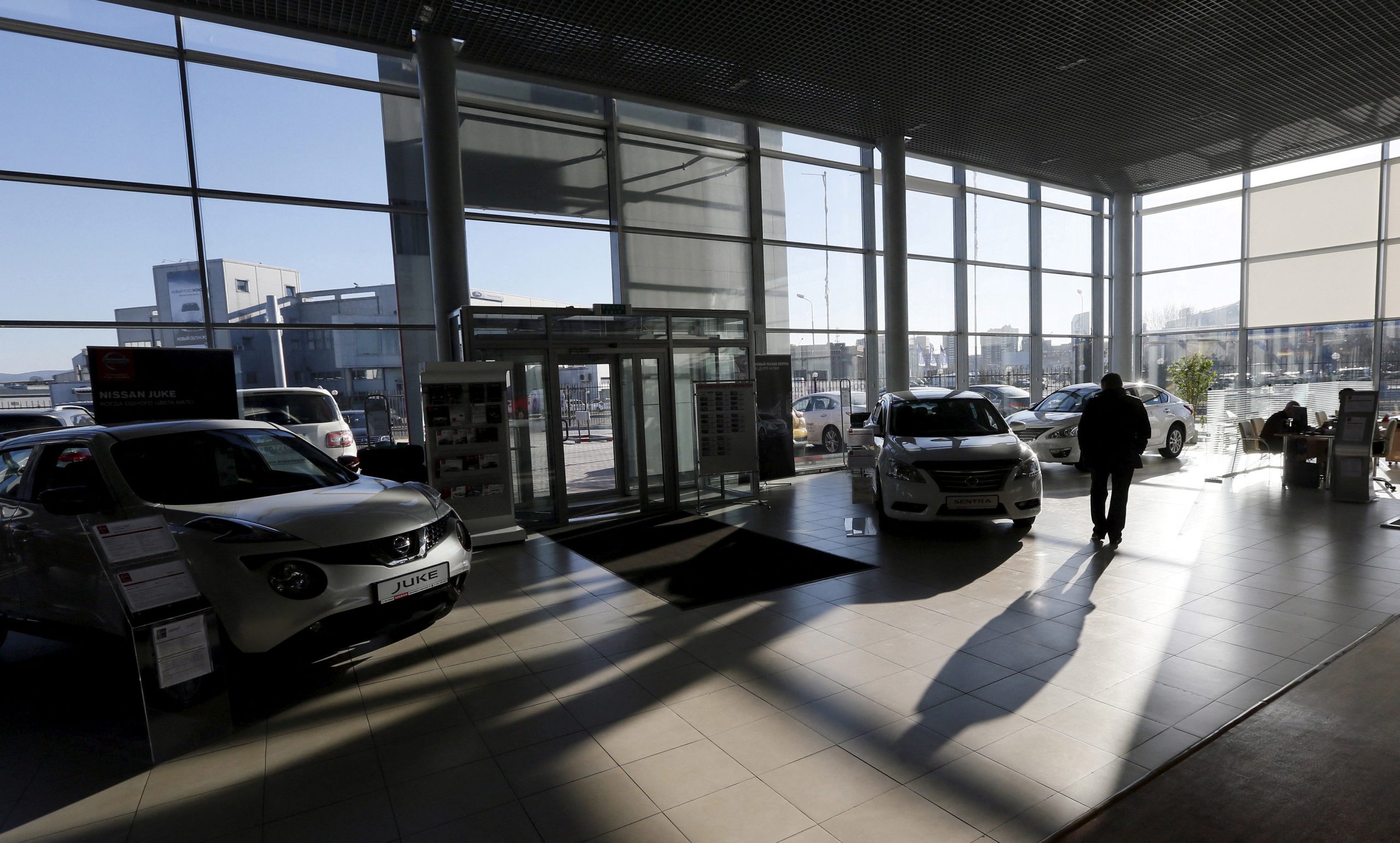
Lauren C. Moye, FISM News
[elfsight_social_share_buttons id=”1″]
Record-high car prices that were driven up by lockdown-induced supply chain issues, inflation, and increased demand are beginning to cool, but experts warn that automotive prices will see a slow decline.
Increasing inventory stock, consumer pull-back, and rising interest rates have led to a slight decline in the average price of a new vehicle. In October 2022, the average purchase price of a new vehicle is expected to reach $45,599, which is a decline from the record $46,173 set in July of this year.
The data comes from consumer research and analytics firm J. D. Power.
“As expected, with an increase in supply, several financial indicators are seeing a ‘cooling off’ from the heated growth rates earlier this year — but the industry’s financial health is still positive,” said Thomas King, president of the data and analytics division at the firm.
Considering this month is still projected to become the second most profitable October in automotive sales history and that over half of all new vehicles are sold within 10 days of arriving on a dealership lot, car dealerships are still in good shape for profitability.
For comparison, at the start of the pandemic in January 2020, the average new-vehicle retail transaction price was forecasted by J.D. Power to reach $33,982. At the time, the average number of days a vehicle spent on a lot before purchase was 71 days, a huge difference from this month’s average lot time of 19 days.
Because of this, experts are warning that the high prices will start to cool but that it will be a slow decline over several months.
The current prices were caused by inflation along with global supply chain issues affecting manufacturing. The most notable issue here is the major shortage of computer chips needed to build some vehicles.
This coupled with a higher-than-average demand fueled by rental vehicle companies, which had to replace the fleet cars they sold off to raise additional funds to remain in business during the early days of the pandemic when fewer people were traveling. Consumer demand went up, as well, as consumers who avoided major purchases early in the pandemic later found that rent and student loan moratoriums, lower interest rates, and government stimulus checks meant more money in their pockets for things like cars.
However, by January 2021, the average lot time vehicles saw had already declined to 51 days. The average transaction price had jumped to $37,165 overall.
Automotive sales reached their high in July 2022. The average monthly car loan payment for new vehicles also set a new record as it broke the $700 threshold for the first time in U.S. history.
An improvement in inventory quantity will contribute to cooling new auto prices. Wards Intelligence, a firm that tracks auto-industry data, reported that 1.4 million new cars and trucks were either available on lots or were on their way to a dealership in September. That’s an increase of 46.9% from September 2021.
At the same time, rising car loan interest rates are also expected to make consumers delay a vehicle purchase. New Edmunds data shows that the average car loan interest rate on a new vehicle rose to 5.9% in September, which hasn’t been seen since 2009.
Still, King noted that buyers still spent more money on new vehicles than any previous October. He added, “Overall, we expect to see some deterioration in per unit pricing and profitability in the coming months, however, nearly 50% of new vehicles are still being sold above the MSRP.”
